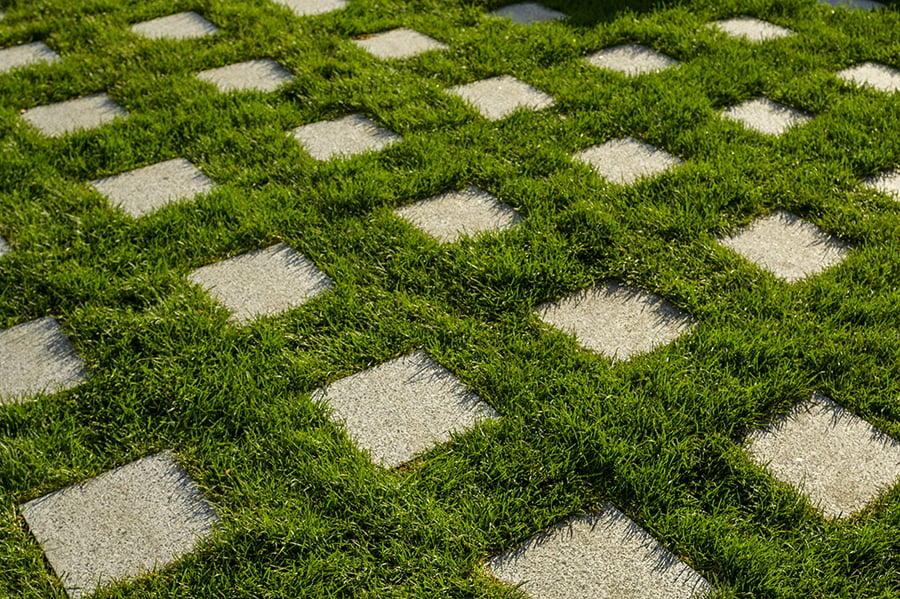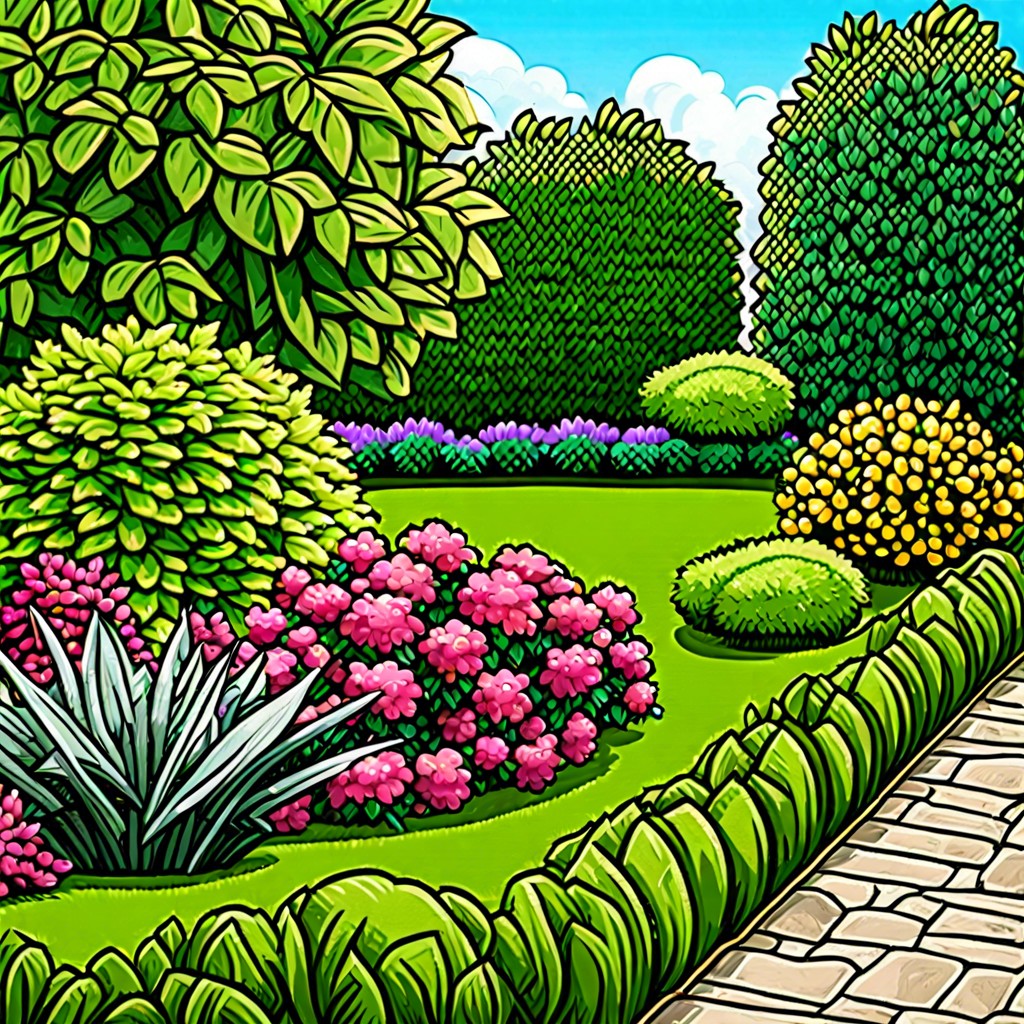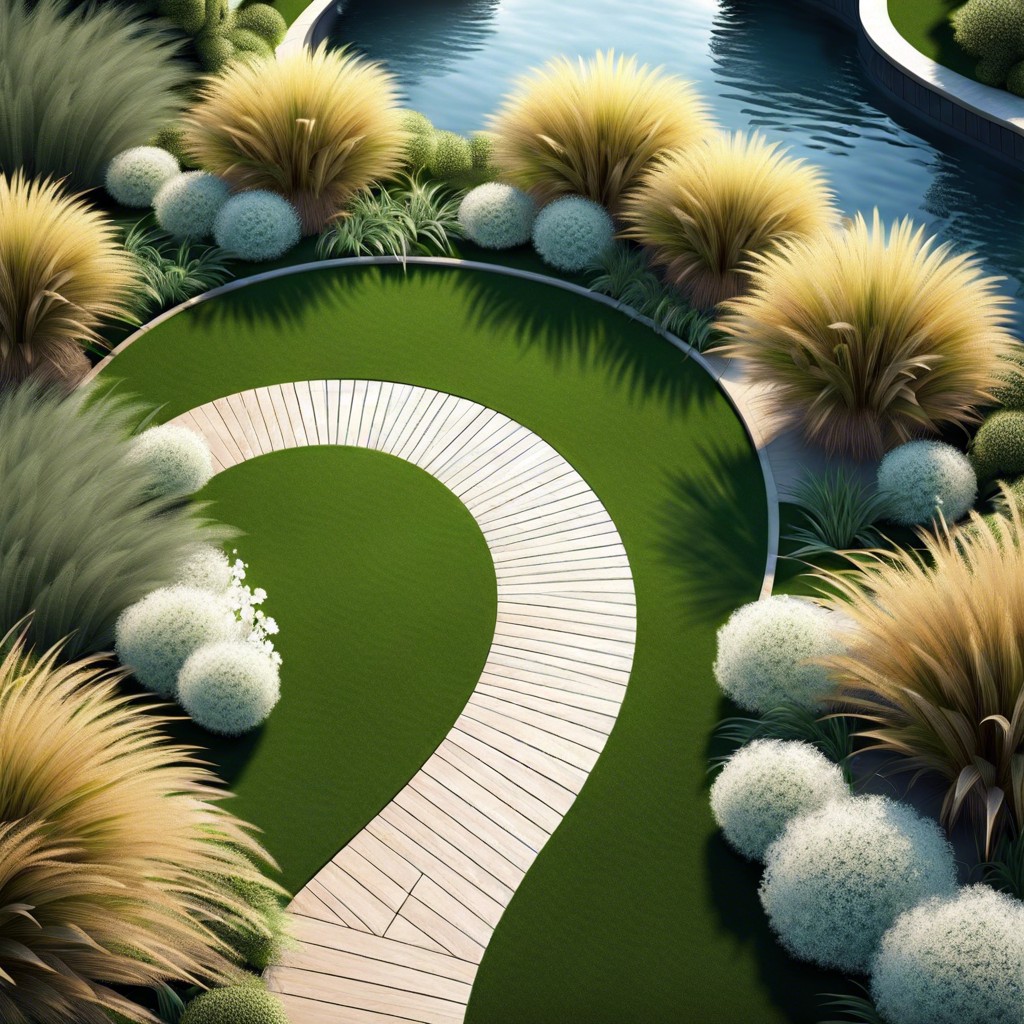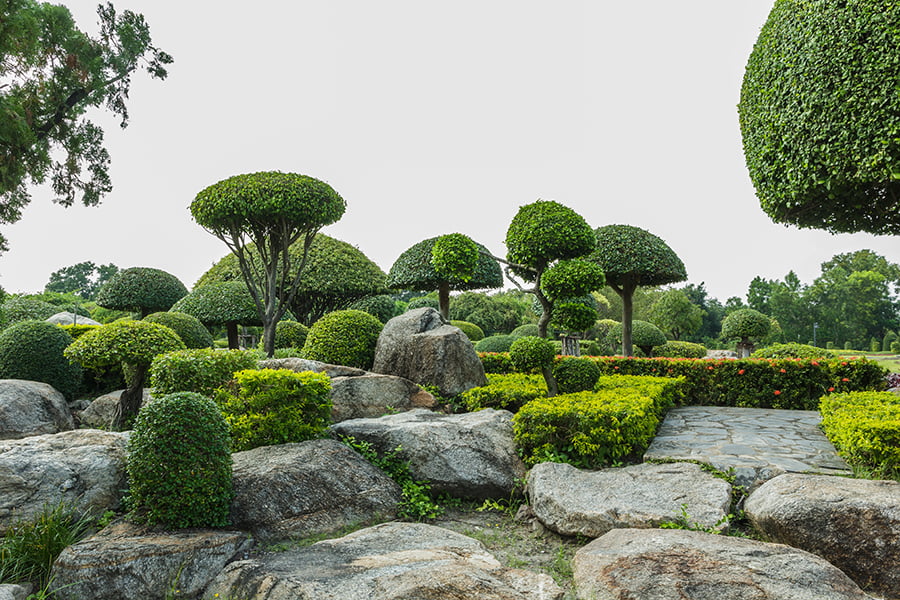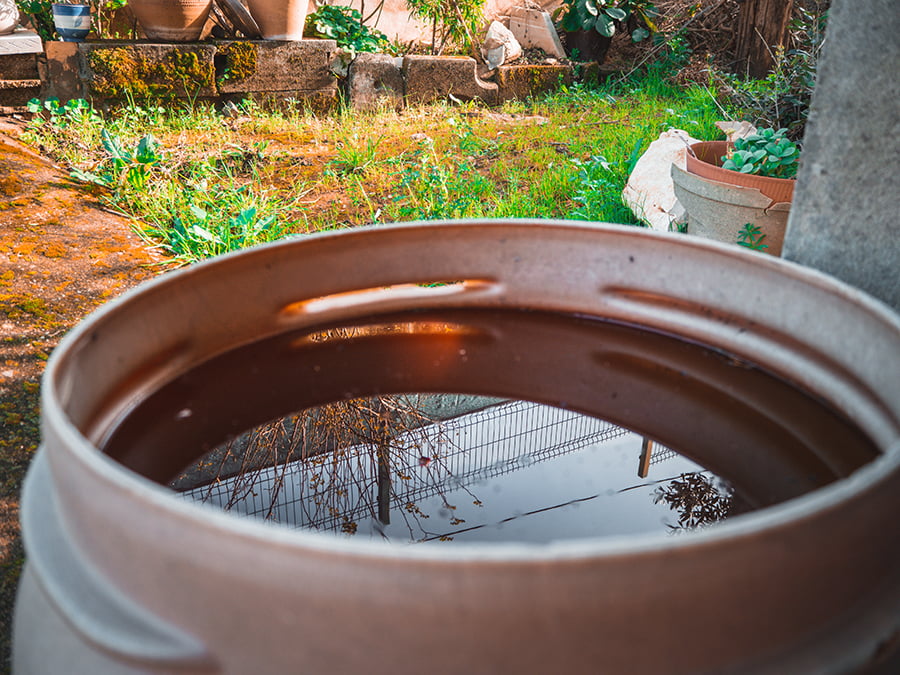Discover how juniper landscaping can transform your outdoor space, adding both aesthetic appeal and practical benefits.
Key takeaways:
- Junipers come in various types and can fit into any garden design.
- Plant junipers in well-draining soil and ensure they get enough sunlight.
- Junipers thrive in USDA hardiness zones 3 through 9, preferring full sun.
- Prune junipers in late winter or early spring to maintain their health and shape.
- Use junipers to create hedges, ground covers, rock gardens, or container gardens.
Types of Juniper for Landscaping

Junipers are the unsung heroes of the landscaping world, thriving in places where few plants dare to grow. With a selection ranging from ground covers to towering trees, they can fit into any garden design. Let’s start with a few popular varieties:
Blue Star Juniper is a true gem with its silvery-blue needles, forming a compact mound that’s perfect for accentuating borders or rock gardens.
For those looking for a touch more drama, the Skyrocket Juniper shoots up like a green rocket, ideal for creating vertical interest or slim privacy screens in tight spaces.
On the other hand, the Blue Rug Juniper lives up to its name, spreading out like a plush blue carpet, excellent for controlling soil erosion on slopes.
Lastly, fans of a more rugged aesthetic might appreciate the Eastern Redcedar, whose dense, dark-green foliage not only adds texture but is also a favorite among birds seeking refuge.
Each of these junipers carries its own unique characteristics, ensuring there’s one to suit virtually any landscaping challenge or design preference. So, whether you’re aiming to cover ground, create privacy, or just add some evergreen flair, there’s a juniper ready to transform your outdoor space.
Planting Juniper: Best Practices
When it comes to getting your junipers off to a great start, placement and soil preparation are your prime concerns. First, ensure they bask in full sun; junipers love the spotlight and thrive under its rays. Aim for at least six hours of direct sunlight daily to keep them happy and healthy.
Next up, soil matters. These plants aren’t too fussy, but they detest wet feet! Choose a spot with well-draining soil to prevent water stagnation, which can lead to root rot. If your garden soil is more on the clayey side, consider raising the planting bed or mixing in some sand to improve drainage.
Now, let’s dig that hole—it should be just as deep but twice as wide as the root ball. This gives the roots room to spread without diving too deep. After positioning your juniper in the hole, fill it halfway with soil, water it, then fill the rest. This method helps eliminate air pockets and secures a snug environment for the roots.
Regular watering during the first growing season helps establish a robust root system. However, once settled in, junipers can handle drier conditions quite well, making them a resilient choice for those who might forget to water now and then.
By sticking to these straightforward steps, you’ll give your junipers the best start in their new home, laying the foundation for many years of growth and beauty in your garden. Keep a keen eye on these aspects and watch your junipers flourish effortlessly.
Ideal Climate for Juniper Growth
Junipers are quite the hardy bunch, thriving best in USDA hardiness zones 3 through 9. This means they can handle a frosty dip down to -40°F as well as bask in the warmth of up to 90°F during the day. These resilient plants favor four seasons and a variety of climates but do have a sweet spot.
They absolutely love full sun; the more, the merrier. At least six hours of direct sunlight is their happy place. This sun-loving nature makes them ideal for those sunny spots in your garden where other plants might throw in the towel.
As far as humidity goes, junipers are not fans of overly damp conditions. They prefer dry air but are adaptable enough to tolerate moderate humidity. Remember, good soil drainage is crucial to keep their “feet” from getting too wet, which can lead to root rot.
Just keep these points in mind, and your junipers will be thriving stalwarts in your garden, come rain or shine—or sleet, for that matter!
Juniper Pruning Techniques
Snipping those sprigs correctly is key to keeping your juniper jubilant and just-right for your garden aesthetics. First off, timing matters! Pruning should ideally be done in late winter or early spring. This avoids sap loss and gives the plants a chance to heal before they enter a growth spurt.
A pair of sharp, clean pruning shears is your best friend here. Start by removing any dead or damaged branches to maintain the plant’s health and encourage growth. Here’s a pro tip: thinning out the center of the plant increases airflow and light penetration, which is especially good for dense varieties.
Now, shaping is where things get creative. Junipers vary in form from ground covers to shrubs and trees, so the end shape can really affect your landscape’s overall look. For a natural appearance, follow the plant’s intrinsic growth pattern and trim sparingly. For a well-manicured vibe, regular shearing might be necessary, but be careful not to overdo it—junipers can be shy about regrowing from old wood.
Remember, while junipers are quite forgiving, over-pruning can lead to sparse or uneven growth. So, grab those shears, and let’s give your greenery the haircut it deserves—but with just the right amount of snip!
Design Ideas Using Juniper
Junipers make for stunning visual displays in any garden, thanks to their versatile form and dense foliage. For a classic look, consider crafting a juniper hedge. These plants are excellent for creating natural privacy screens or borders along your property. They grow densely and can be shaped easily, making them perfect for both formal and informal garden styles.
For a more dramatic touch, try using juniper as a ground cover. Creeping juniper varieties spread low across the ground, stabilizing slopes and covering bare spots with their thick mats of needles. This approach not only adds a layer of texture to your garden’s design but also helps in controlling soil erosion.
Incorporate junipers into rock gardens to play up their rustic charm. Their drought resistance makes them ideal companions for alpine plants and stones, creating a rugged landscape that’s low maintenance yet visually appealing.
Finally, consider using junipers in container gardens. Smaller varieties do well in pots and bring a touch of evergreen splendor to patios, balconies, and entryways. Pairing junipers with flowering plants can also softenen their tough exterior, offering a balanced and vibrant aesthetic.
Through these ideas, junipers can enhance your outdoor space with their practical benefits and visual appeal, providing a year-round interest.
Also interesting:
